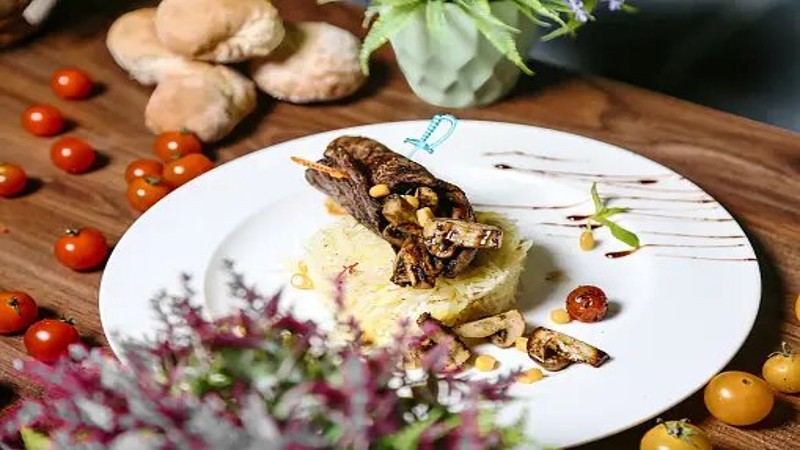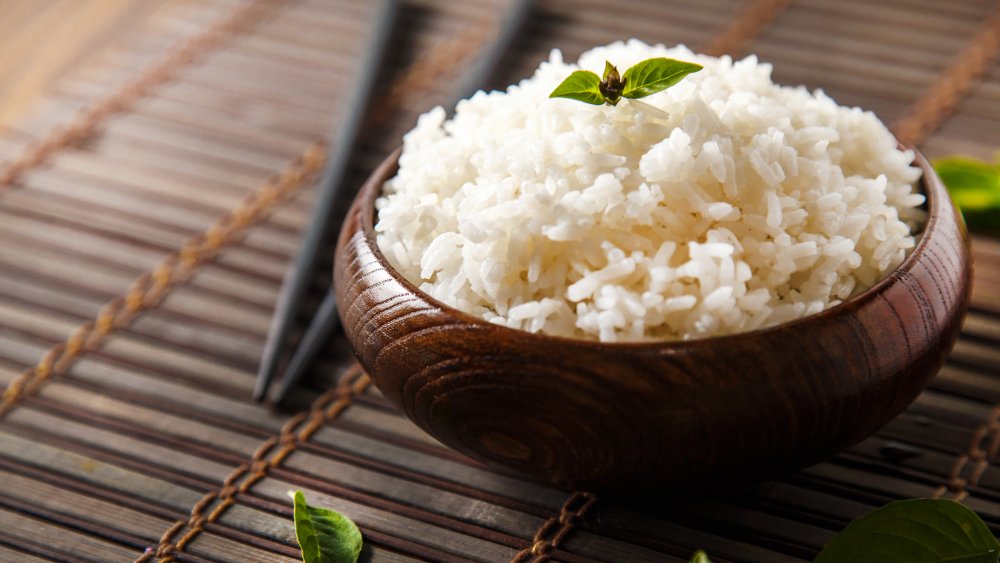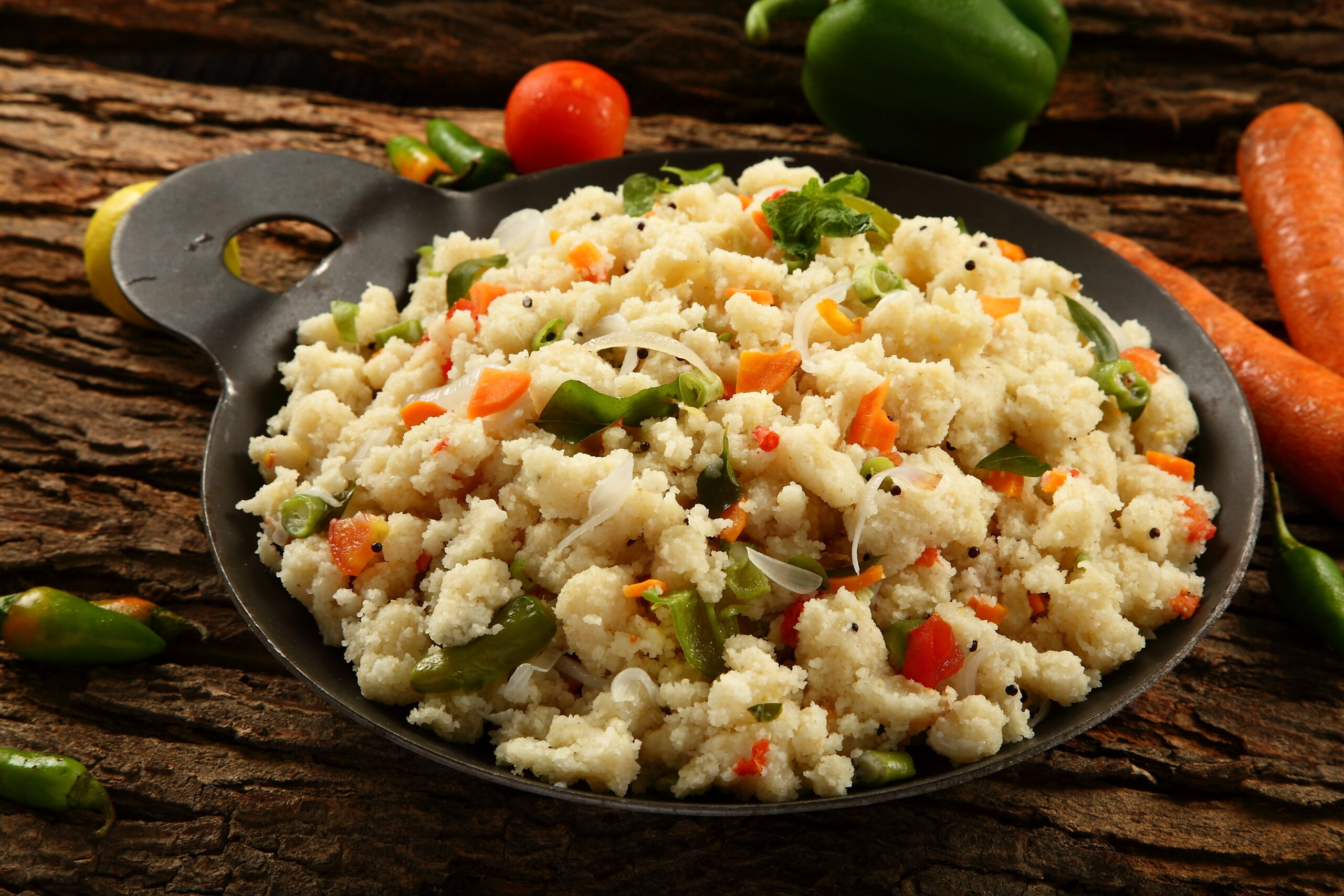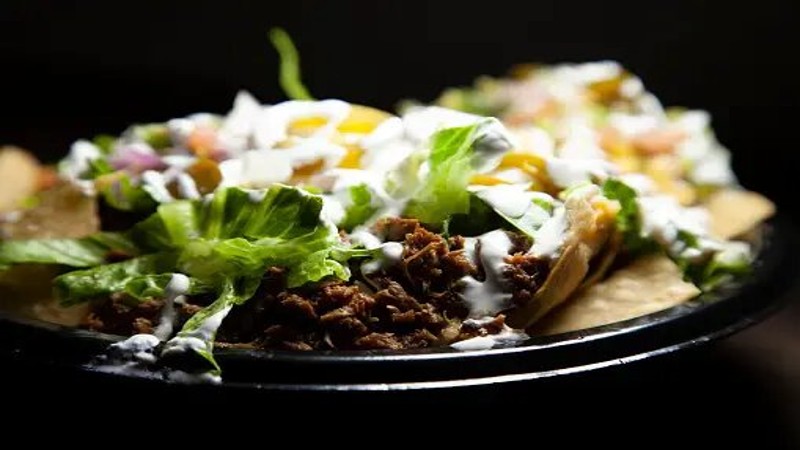Exploring the Mastery of Food Presentation: Enhancing Culinary Creations Beyond Taste

In the realm of gastronomy, the skillful art of food presentation transcends mere flavor, elevating dining experiences to new heights of sensory delight. It involves a meticulous blend of aesthetics, technique, and creativity, transforming ingredients into visual masterpieces that entice and captivate diners. This article delves into the intricacies of food presentation, highlighting its significance in culinary culture and the profound impact it has on the dining experience.
The Visual Symphony: Captivating the Eye
Food presentation is a visual symphony that begins with the careful arrangement of ingredients on the plate. Every element, from the vibrant colors of fresh produce to the delicate drizzle of sauce, is orchestrated to create a visually stunning composition that draws diners in. The artful use of negative space and contrasting textures adds depth and dimension to the presentation, making each dish a feast for the eyes as well as the palate.
Balancing Act: Harmonizing Flavors and Textures
Beyond aesthetics, food presentation plays a crucial role in balancing flavors and textures to create a harmonious culinary experience. Chefs carefully consider the interplay of sweet, salty, sour, and umami flavors, as well as the contrast between crisp, tender, creamy, and crunchy textures. By thoughtfully pairing and layering ingredients, they craft dishes that tantalize the taste buds and engage the senses in a symphony of flavor and texture.
Cultural Expression: Reflecting Tradition and Heritage
Food presentation is deeply rooted in cultural traditions and heritage, serving as a reflection of culinary customs and regional cuisines. Different cultures have their own unique approaches to food presentation, influenced by factors such as history, geography, and social customs. Whether it’s the intricate designs of Japanese kaiseki cuisine or the rustic simplicity of Italian trattoria fare, food presentation offers a window into the rich tapestry of global culinary traditions.
The Art of Plating: Crafting Culinary Works of Art
At the heart of food presentation lies the art of plating, where chefs showcase their creativity and skill through the arrangement of ingredients on the plate. Each plate is treated as a blank canvas, and chefs use techniques such as stacking, layering, and molding to create visually stunning compositions that are as beautiful as they are delicious. The presentation is as much a part of the dining experience as the flavor itself, creating a sense of anticipation and excitement with every dish.
Modern Innovations: Pushing the Boundaries of Creativity
In the modern culinary landscape, chefs are constantly pushing the boundaries of creativity and innovation in food presentation. From molecular gastronomy techniques that transform textures and shapes to edible works of art created using 3D printing technology, the possibilities are endless. By embracing new technologies and techniques, chefs are able to create visually striking dishes that push the limits of imagination and redefine the art of food presentation.
Environmental Consciousness: Embracing Sustainability
As awareness of environmental sustainability grows, chefs are increasingly mindful of the ecological impact of food presentation. Sustainable practices, such as using locally sourced ingredients, minimizing food waste, and opting for eco-friendly serving vessels, are becoming integral to the art of food presentation. By embracing sustainability, chefs not only reduce their environmental footprint but also contribute to a more sustainable and ethical culinary industry.
Conclusion:
The art of food presentation is a multi-dimensional expression of creativity, craftsmanship, and cultural heritage. It involves a careful balance of aesthetics, technique, and innovation to create visually stunning dishes that engage the senses and elevate the dining experience. As chefs continue to innovate and explore new techniques, the art of food presentation will evolve, shaping the future of culinary culture and inspiring generations of food enthusiasts to celebrate the beauty of food in all its forms.



































